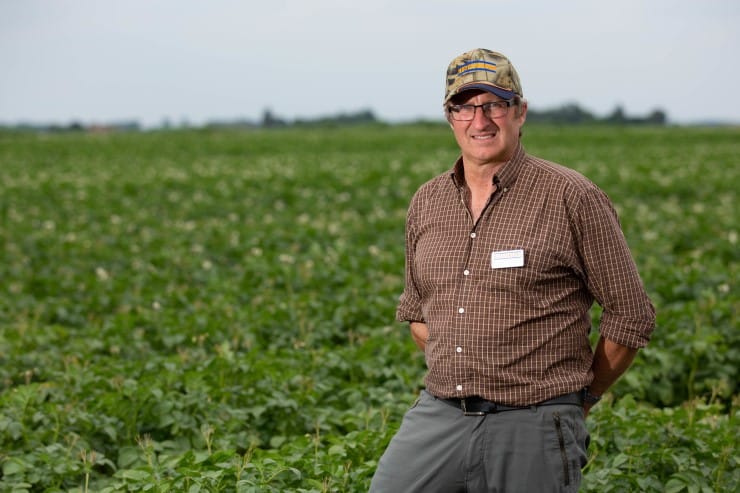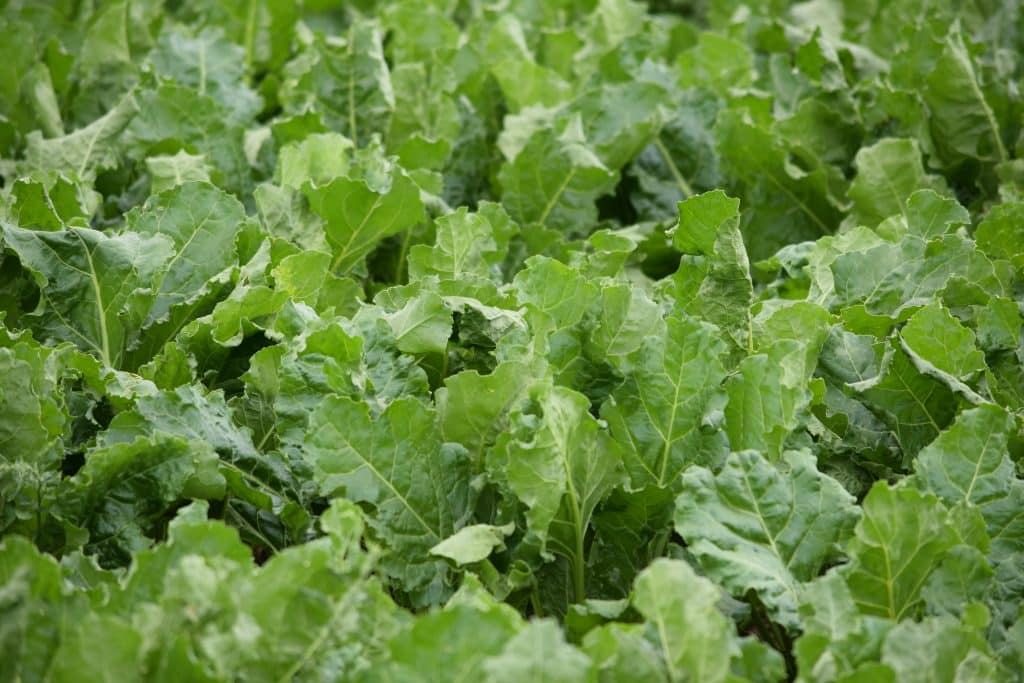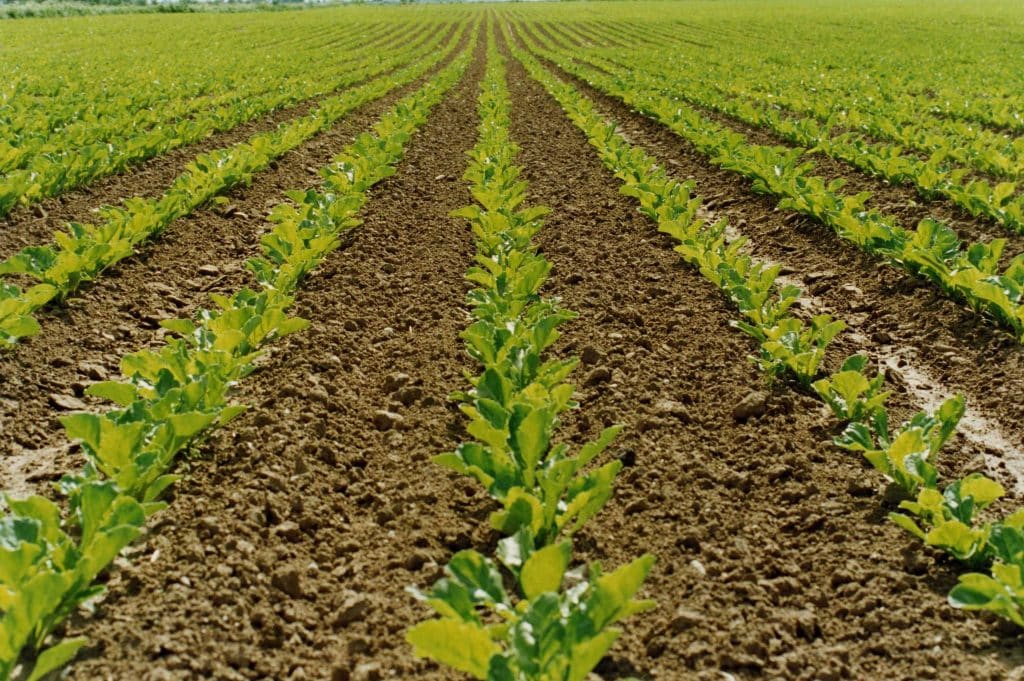Strategies for sugar beet: Preparing for the current and future seasons – Sugar Beet Review
Darryl Shailes, Root Crop Technical Manager, Hutchinsons ...
As the nights draw in there is still plenty to consider for both this season's and next season's sugar beet crop
Where crops are still to be harvested it’s always best to get the poor crops away first. And, where tops are not so great or infected with disease (especially rust), they can be much more susceptible to frost damage – so get these done, too.
Modern harvesters do a great job, and the soil damage is much less than in time gone by.
Last season we saw many growers were able to drill after beet when the rest of the land that had been cultivated early was still too wet.
Harvester set up is critical to getting the best from the crop – after all, it costs a lot of money to grow sugar beet, so to see a lot lying on the ground after the harvester has gone across the field isn’t the best thing for returns!
BBRO has put together a harvesting assessment guide where losses can be easily quantified, this can be discussed with the harvesting team to assess potential yield loss and what can be done about it. British Sugar’s Technical Support team offer a harvester evaluation service that can be accessed through your local Agriculture Manager.
Of course, it’s not all down to the harvester settings or going too quickly. Poor seedbeds lead to poor recovery in many situations, so planning for better seedbeds in 2025 should be the target if this is an issue.
Crown management in Conviso SMART beet is even more important...
…
as any crown re-growth in the spring can be a challenge in following crops. The stewardship guidelines from KWS suggest deep cultivation to 20cm, however, ploughing is my preferred option.
When the Beet Yield Challenge (BYC) was up and running, growers that entered had their fields assessed as part of the process to see where they could improve, and there were some pretty basic areas that needed to be addressed in some situations.
It was quite surprising that pH was an issue in some of the fields entered and it’s a critical part of getting the best from the crop.
One of the issues is that the standard bulk test for soil can sometimes be misleading as the soil is generally ground before it’s tested and the presence of even a small amount of lime or chalk can affect the bulk sample pH.
Low pH is normally patchy so needs testing accordingly either by hand or with some of the more sophisticated scanning systems like TerraMap.
Ideally pH is tested 18 months in advance of the beet crop to allow the soil to be corrected through the soil profile for the best results.
Another issue that sometimes shows up in the BYC field monitoring is Beet Cyst Nematode (BCN) where BCN tolerant varieties were not being grown.
Beet cyst nematodes (Heterodera schachtii) are a serious pest of sugar beet and can reduce yields by 30- 60%. BCN is an underestimated and increasing problem in my view and with the range of BCN varieties available it shouldn’t be.
Growers should know whether they have BCN or not.
A simple soil test analysed by companies such as Richard Austin Associates (who have a PCR test available) are easily arranged. Where growers are testing for PCN it’s a simple job to ask for BCN too!
It’s too late to look for cysts on the roots, but a lot of hairy fanged roots in the loader can show a problem.
One thing growers may be unaware of is that oilseed rape is also a host and can increase BCN. It wasn’t that long ago that British Sugar wouldn’t allow growers to have beet and oilseed rape in the same rotation. So, be especially vigilant in these rotations.
Another thing that may be contributing to BCN increase could be the use of brassica cover crops in the rotation. BBRO have recently issued a cover crop guide and suggest that where growers are using a brassica-based cover crop it should be a class 1 BCN resistant fodder radish.
Class 1 radishes are not readily available, so we’ve put together a mix called Maxi Rebel which is mixture of vetch and a class 1 radish Rebellion from KWS. The class 1 radishes, whilst not totally eliminating BCN, will have a positive effect on the populations and not increase them as things like stubble turnips will.
When we come to cover crops, which will probably increase now under the SFI, it's important that we stop them in good time.
One of the issues with cover crops is the timeliness of destruction. Last season we saw many still in the fields well into the New Year which is much too late. The soil needs time to dry out before drilling or cultivations as the cover crops will keep them wet. A general rule of thumb is to destroy them 6-8 weeks in advance of drilling, but we should be thinking of 6-8 weeks in advance of cultivation to have a chance of a good seed bed when drilling beet in March and April.
All growers know when they need to cultivate their soil for good seed beds in the spring, however the addition of cover crops into the rotation has blurred this a little and must be addressed to get the benefits, whilst not adversely affecting yields due to poor drilling conditions.


